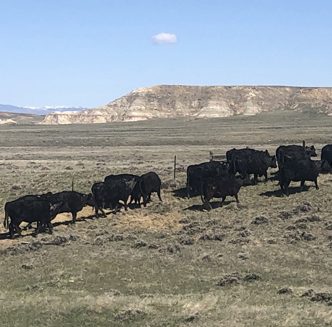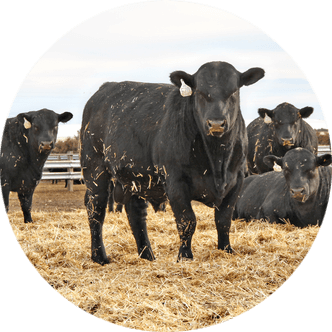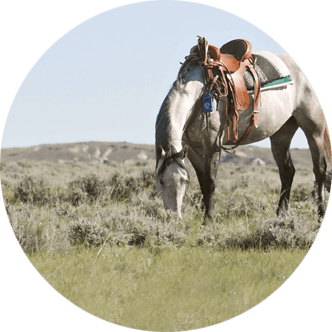SDSU researchers develop natural food dyes from ag byproducts
Work was underway at South Dakota State University (SDSU) to develop natural food-coloring alternatives long before U.S. Health and Human Services Secretary Robert F. Kennedy, Jr. began talking about possible negative effects of synthetic dyes.
“In the last few years, my research has focused on natural food-color production,” says Ananda Nanjundaswamy, professor of biotechnology and bioprocessing at SDSU. “Natural food colors are the next alternative to synthetic food dye.”
While his work has progressed to scaling up production of natural dyes, others note the shift won’t happen overnight. So far, the only federal ban on synthetic dyes was enacted by the U.S. Food and Drug Administration (FDA) in April.
Synthetic, petroleum-based food coloring Red No. 3 must be removed from food by January 2027. West Virginia’s ban on multiple synthetic food dyes, effective in 2028, is the only state action so far.
Seeking alternatives
Higher cost of natural colors led manufacturers to synthetic dyes.
Nanjundaswamy targeted molasses, a byproduct of sugarbeet production, as the carbon source for growing fungi and yeasts. These organisms produce carotenoids, which yield naturally occurring pigments.
The SDSU team focused on astaxanthin, the carotenoid which gives salmon a pinkish-reddish color, and beta-carotene, the carotenoid that makes carrots orange.
Carotenoids also have antioxidant properties. They can prevent some types of cellular damage and offer pro-vitamin A activity. So, besides coloring food, they offer nutritional value.
Initially, Nanjundaswamy used benchtop bioreactors to optimize conditions for growing microbes in molasses. As they grow, technicians harvest colorful carotenoids and lipids.
Nanjundaswamy says they must scale up fermentation to a commercial level beyond lab benches for these natural pigments to have value commercially.
Working with Dakota BioWorx, which opened in Research Park at SDSU in 2023, he produced a 70-liter batch using molasses as the substrate. Studying those results provides valuable information on processes and challenges involved in scaling up from labs to production plants.
Challenges and hurdles
Looking ahead, Nanjundaswamy sees potential for natural pigments in animal feed and beyond.
He also points to high-fructose corn syrup as another agricultural byproduct produced in large quantities which could serve as a nutritional base to grow carotenoid-rich microbes.
For this to happen, however, these processes must make sense economically.
Allison Bechman, a professional in the food industry with 12 years of experience, notes not all challenges come down to dollars and cents.
“These are not one-for-one substitutions,” she says. “You can’t always replace a specific amount of synthetic dye with the same amount of a natural alternative. It may require more of the natural product. Plus, the colors may still not be the same.”
For food companies, shifting to natural colors requires a paradigm shift. Instead of calling a supplier and ordering a synthetic dye which can be made quickly, it requires changes in timing and ordering practices.
When relying on agricultural-based colors, whether they’re made from sugarbeets in the Dakotas or black carrots in Turkey, fickle weather conditions can impact the supply chain, Bechman notes.
There are also unanswered questions, she adds. For example, what labeling will FDA require on colors produced through biofermentation? Will they still be considered natural by consumers?
Tom J. Bechman is the Midwest crops editor for Farm Progress. This article was originally published by Farm Progress on Oct. 15.





